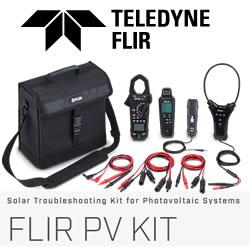Could uphill train tracks solve the problem of energy storage?
Bi-Partisan Support Driving Solar Energy Development
Why Power Markets Tilt Toward Renewables Even With Cheap Oil
Converting Carbon Dioxide into Fuel
Newly Built Concentrated Solar Power Plants - Time To Consider Flushing and Cleaning as an Industry Standard?
EPFL Scientists Achieve Record-Level Reproducibility for Perovskite Solar Cells
What is Solid-State RF Energy?
Tesla Discontinues 10-Kilowatt-Hour Powerwall Home Battery
Solar Panels Grown on the Moon could Power Earth
Obama administration opens up Long Island to offshore wind development
Lead Recycling Threatened By Lithium-ion
The world's first solar airport no longer pays for electricity
The Road to Sustainable Energy in South America Could Lie in Electrical Grid Interconnection
The Potential of Battery Storage Solutions for Domestic and Commercial PV Installations
United Airlines is flying on biofuels ... here's why that's a really big deal
Records 2641 to 2655 of 5397
First | Previous | Next | Last
Featured Product

